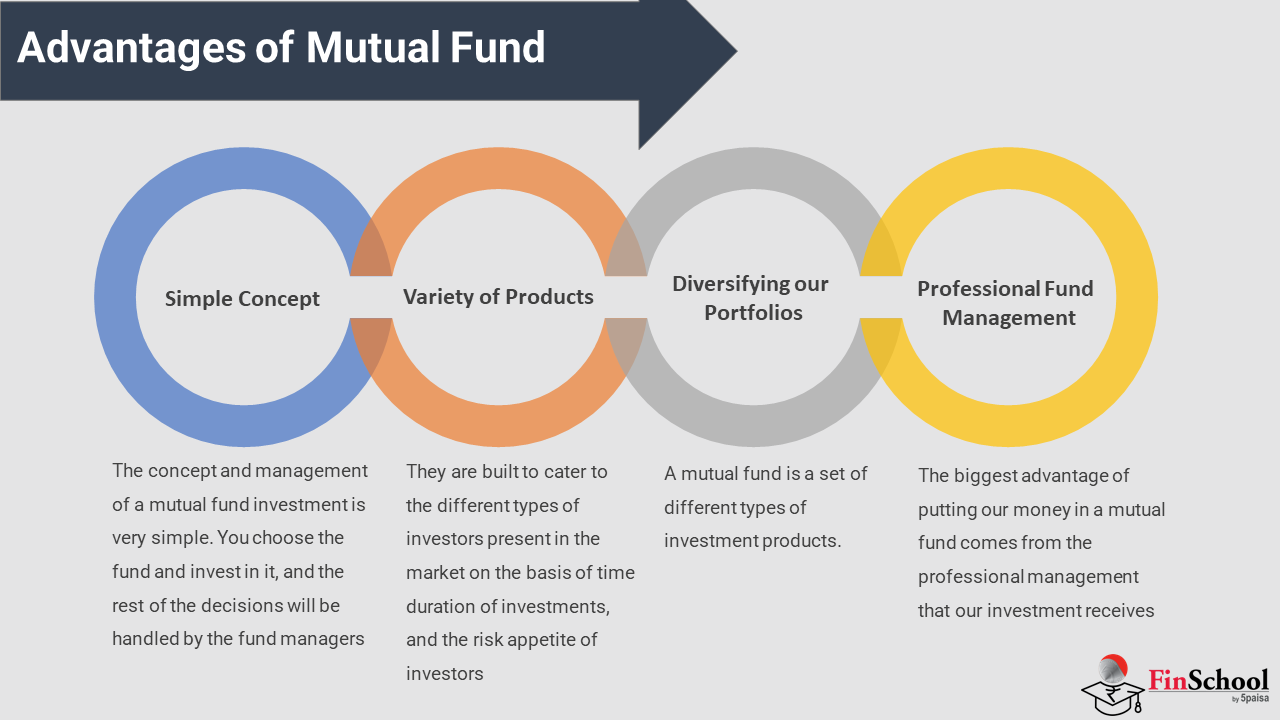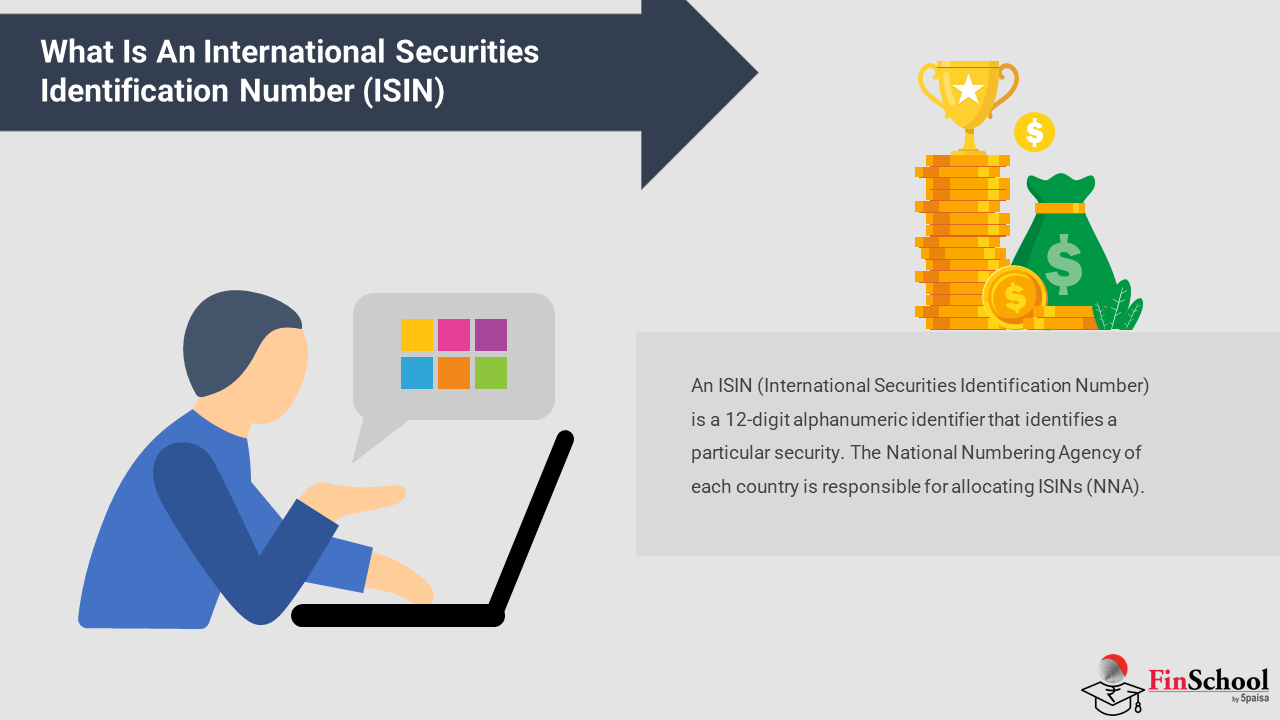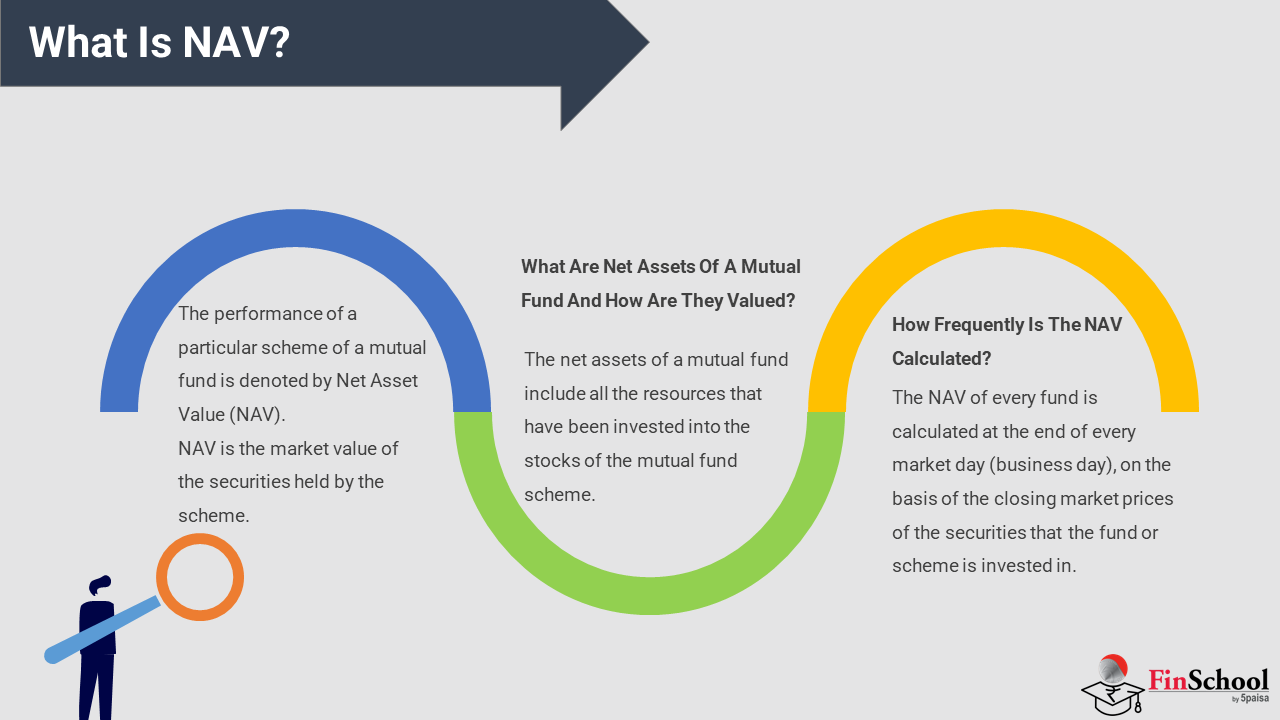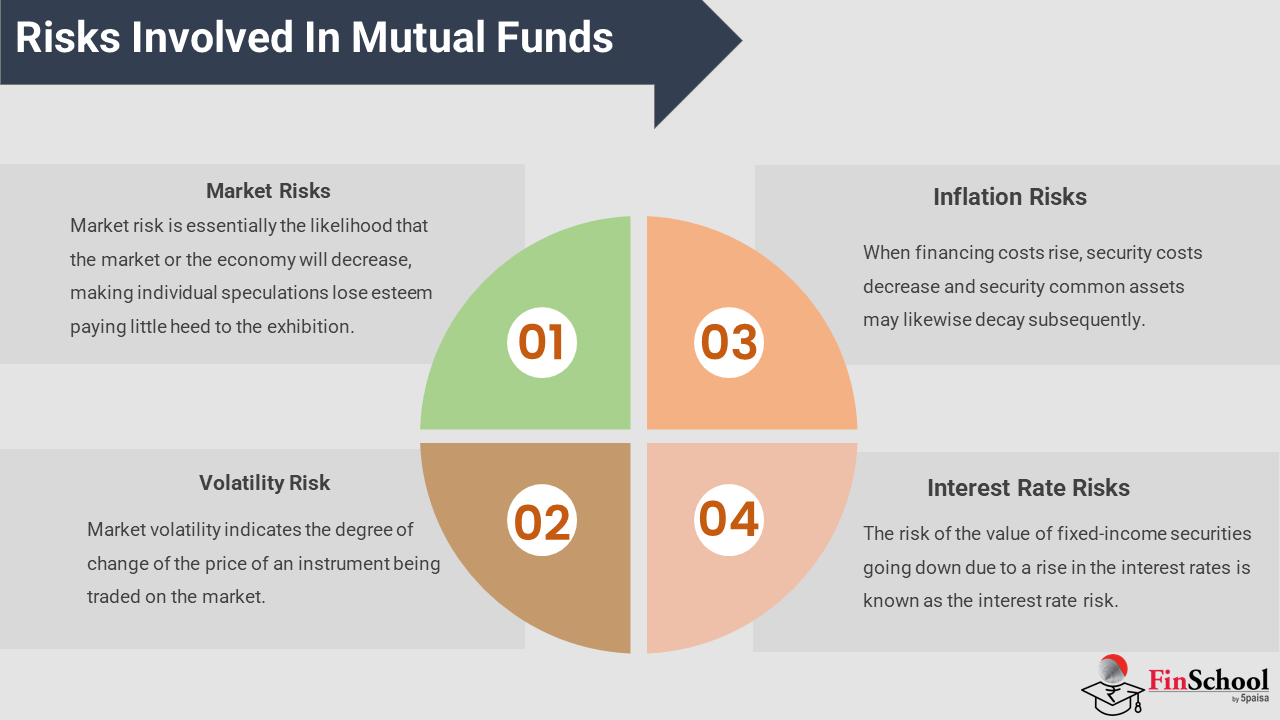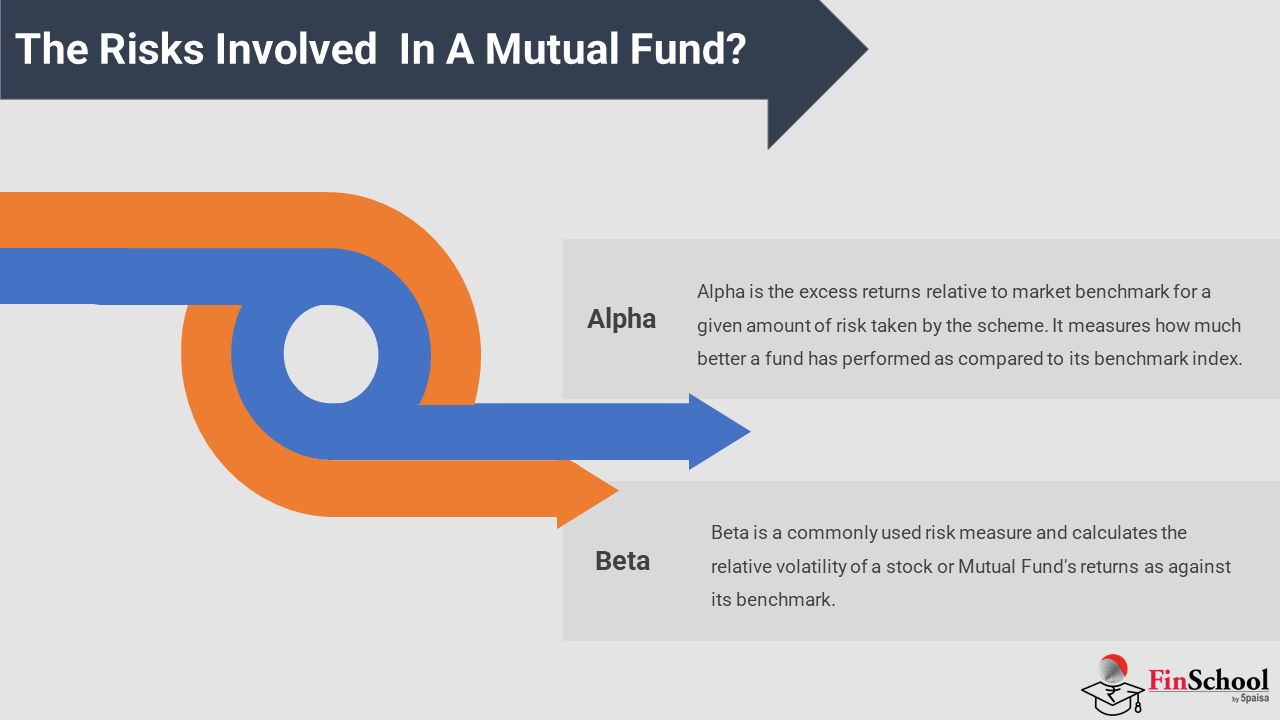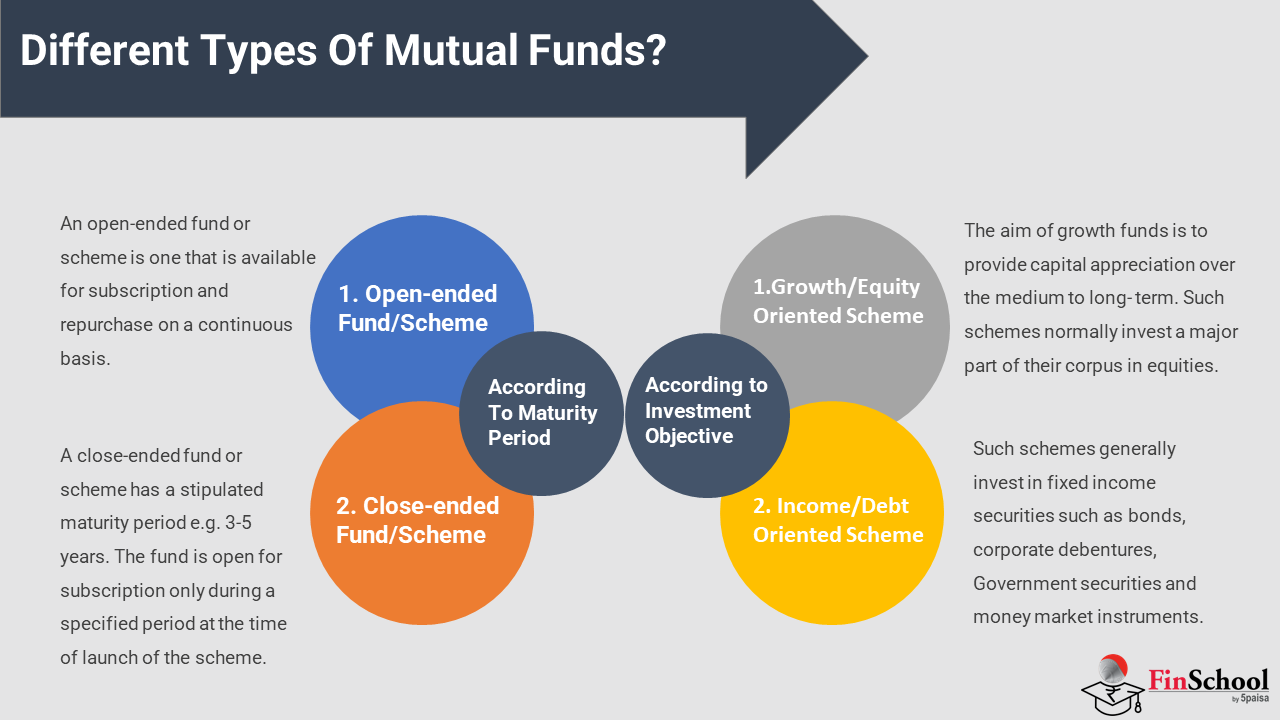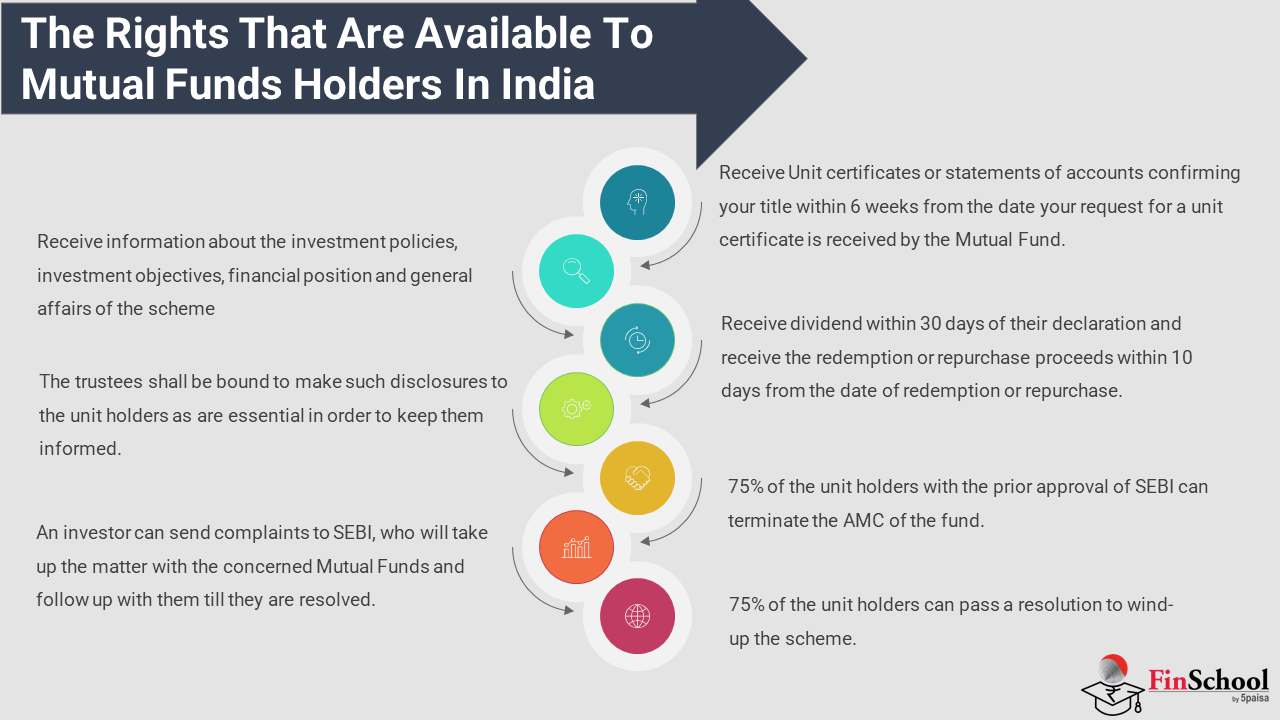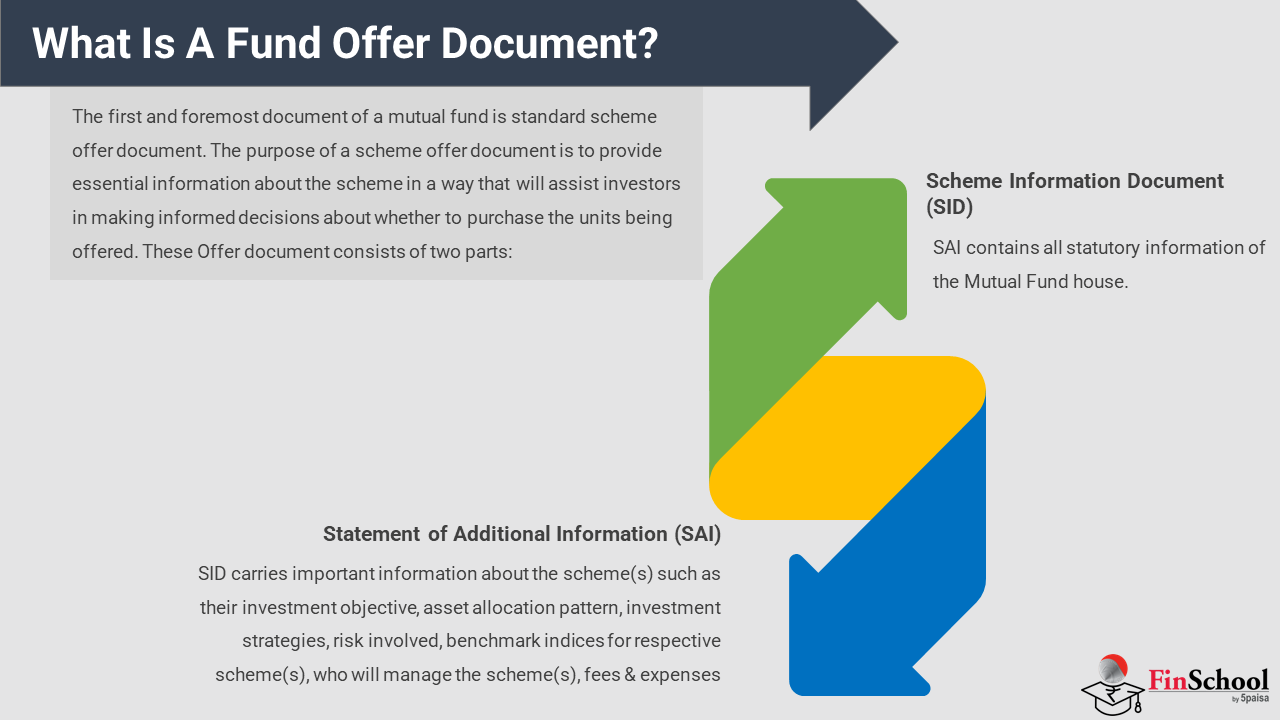- Study
- Slides
- Videos
11.1 What is Bancassurance??
Bancassurance is a term used for selling insurance policies through banking institutions. It is a relationship between a bank and an Insurance company, aimed at offering insurance products and its benefits to the customers of the bank. The word “Bancassurance” is derived from the merger of Banks (Ban) and Assurance or Insurance (Assurance). The concept of Bancassurance first originated in France. It was only in 2000 when the process was also adopted in India. Generally, insurance products were marketed and sold through individual agents and they would solely account for the business in the retail segment.
However, through bancassurance, the point of sale and point of contact for the customers is none other than the bank staff and tellers. Bank staff is trained and supported by the insurance company by way of wholesale product information, marketing campaigns, sales training, etc. in order to reach out to the bank’s customers for the sale of insurance. Although the insurance policies are processed and administered by the insurance company, the bank and the insurance company both share the commission
Bancassurance in India – Overview
To begin with, let us have a quick idea about the insurance sector in India. The Insurance Regulatory and Development Authority (IRDA) suggested regulating the registration of insurance companies in India. Hence the government of India issued a notification stating that “Insurance” is a permissible form of business that can be undertaken by the banks as per Section 6 (1) (o) of the Banking Regulation Act, 1949.
However, it was also clarified that any bank intending to take up such a business would be required to seek specific approval prior from the Reserve Bank of India (RBI). Therefore, all commercial scheduled banks have been allowed to undertake the business of insurance on behalf of the insurance company without any risk participation on a fee basis. Hence, the banking and the insurance sector in India comes under the purview of both the IRDA and RBI regulations.
Regulations of the Corporate Agency
As per the IRDA regulatory framework, banks can act as a corporate agent only for one life insurance company in lieu of a commission. Banks are not eligible for any payout other than their commission. Banks are required to follow a code of conduct prescribed towards both the customer as well as the principal who is the insurer. Banks would not be able to become brokers. The RBI does not permit the banks to promote separate insurance brokerage outfits.
Types of Bancassurance Services
- Life insurance
- Term insurance plans (with accidental and death claims)
- Endowment plans
- Unit Linked Insurance Plans (ULIPs)
- Non-Life insurance
- Health insurance
- Marine insurance (for cargo shipments)
- Property insurance (against natural calamities)
- Key Man insurance (top executives of companies, partnership firms, etc.)
11.2 Bancassurance Models
- Distribution Agreement
It is the most commonly used bancassurance model in India. The insurer is able to leverage the bank’s infrastructure and provides a source of fee income for banks. There is a low level of integration of product management and distribution channels. For instance, the Indian Overseas Bank works as a distributor of the LIC of India Ltd.
- Strategic Alliance
The insurer is able to leverage the bank’s infrastructure and provides a source of fee income for banks. Sharing of the database of customers with the insurance company. There is a low level of integration of product and distribution channel management. For instance, the HDFC bank works with the HDFC Life Insurance Company and HDFC ERGO general insurance company.
- Joint Venture
The bank is responsible for both product and distribution design. Joint decision-making and high system integration for infrastructure utilization. For instance, India First Life Insurance Co. Ltd. is a joint venture among Bank of Baroda (44%), Andhra Bank (30%), and the UK’s financial and investment company called ‘Legal and General’ (26%) Financial Services Group is a one-stop shop for all financial products and services.
- Mixed Models
Marketing is conducted by the insurer’s staff and the bank is responsible only for the generation of leads. The database of the bank is handed over to the insurance company. It requires very little technical investment.
11.3. Advantages of Bancassurance
In the past years, Bancassurance has emerged as a very important route for the distribution of insurance products and services both for the banks as well as the insurance companies. If implemented in a well-planned and structured manner, this partnership can be beneficial for all the parties involved – that is, the banks, insurers, and the customers as well. Following are the advantages of bancassurance to banks, insurers, and customers:
To Banks
Bancassurance is the best way to offer another source of income for the banks with little or no capital outlay. A minor capital outlay in turn results in a high return on equity.
- An addition to the product portfolio
- An easy source of additional fee-based profits
- Increased manpower efficiency – as existing bank staff can be trained easily
- Possibility of a high degree of product sales alignment in a customized way and support services
- Selling financial services of wide range to clients and increment in customer retention
- Optimization of manpower utilization to increase productivity efficacy
To Insurance Companies
- Increase in turnover
- Increased penetration in both rural as well as urban markets using existing customer database of the bank
- Very cost-effective as the route and network are already set up by the banks
- Insurance companies may utilize the currently existing branches and outlets of the banks in the rural and/ or urban areas to market their products.
To Customers
- A purpose to provide one-stop service to all the customers. Presently, convenience is one of the major concerns in managing a customer’s day-to-day activities. Hence, the bank marketing insurance products provides them a competitive edge over others. It is possible for the customers to avail complete f financial planning services under one roof.
- Builds high degree of trust
- It is very simple to make claims
- Easy payment of premium, as it can be linked directly to the bank account
- Easy access to a myriad of products within a bank
- Assured services and advice by the bank as customers get professional experts and trained staff to guide them through finances.
Disadvantages of Bancassurance
- There are greater chances of customers’ data security being compromised upon by the banks and/ or the insurance companies
- The customers might get confused regarding where to invest in case of a conflict of interest between the other products of the bank and the insurance companies (like money-back policies)
- There is a hope that a better approach and services will be provided by the banking institutions to the customers. That’s because many banks in India are not known to provide good customer service. It may turn otherwise as banks are also responsible for the sale of insurance products.



